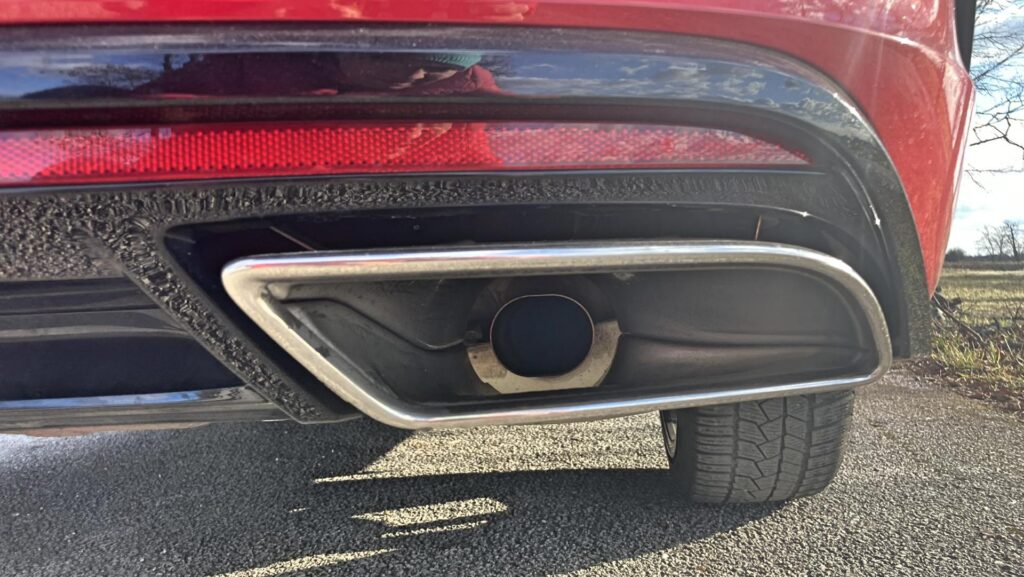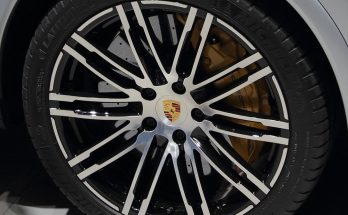The winter season is a big problem for many drivers in that they may not be able to start in the morning. What are the reasons for this? It is a combination of an older and imperfectly charged battery, which is also associated with low temperatures. If you don't want to change your existing car battery right away, there is of course another option. And that, quite naturally, is the possibility of charging it. If you decide to go this route, see how to do it with us.
Remove the existing car battery
If there's one thing we definitely don't recommend, it's charging directly in the car itself. The reason is mainly overall safety, as anything can happen and you certainly don't want it to affect your car itself. Therefore, the existing car battery must first be dismantled. So open the hood and find where it is located. In some cars you can see it right away, in others there is a plastic cover on it. You can easily remove it, as it is not screwed on in any complicated way, it is only fitted here. Once the plastic cover is gone, you'll also notice the car battery holder. You can usually find it from its front, at the bottom. There is usually a screw or other removable connection. What is necessary in such a case? It is, of course, the permission of the given connection. Only then will your battery be able to be removed without any problems.
At this moment, you can fully focus on the connectors themselves. How to do it, and which one to disconnect first? It's the minus one. Remember that the connectors are usually not just loosely fitted here either, but there is a detachable connection, most often a screw and nut, that needs to be loosened. So start with the minus one first. Once done, you can disconnect this pole and eat the same way to the plus pole. You can also disconnect this and then you can simply remove the existing battery.
Preparation before charging
When you have definitely removed the battery from the car, you can continue with the next step. What specific one is it? It is a procedure where you carry out the actual preparation before charging. First, prepare the individual battery terminals well. These may be dirty or slightly corroded. Here we recommend cleaning them with fine sandpaper, as well as with a dry cloth. This is the only way you can be sure that the given contact will be really high-quality.
Also, don't forget to open the individual chambers in which the distilled water is located. You can skip this step for newer types of car batteries, but it is necessary for older ones. After opening, check how much liquid the car battery contains. If not enough, simply pour it into the individual holes. Here, remember that it should be mainly distilled water. Only then is everything ready for charging itself.
Connect the charger
Once you have the battery ready, all you have to do is connect the charger. It's a good idea to buy this in a specialized auto parts store, because that's the only way you'll have a quality guarantee. It is not a high investment, as the price is around several hundred crowns. The charger will usually come with instructions on how to use it. First you need to connect the individual poles, and only then you insert the given charger into the electrical network. At that moment, the charging itself will start.
Charging time may vary depending on how much the car battery has been discharged. Modern chargers, as well as modern car batteries, can indicate their specific state of charge. But if you don't have any of these available, don't despair. You can use the classic way, where you let the car battery charge overnight. So in the evening, when you arrive, you take it out and put it on the charger, while in the morning you put it back in the car. The charging time, around ten to twelve hours, should be fully sufficient.
When the car battery is charged
As soon as the charging of the car battery is over, it logically means that you can disconnect the charger. First remove it from the mains and only then disconnect it from the individual poles on your car battery. At this point, you can take the battery back to your car. Here, we definitely recommend first testing whether the charging was successful and whether the car starts without any problems. So first connect the plus and then the minus connector. Tighten these to eliminate disconnection. Then just sit in your car and try to start it. If everything is fine, you are sure that the charge was successful. At this moment, turn off the engine again and continue with the installation of the car battery.
The next step is, of course, the installation of the holder, which ensures that the battery is always firmly in place, even during vigorous driving. Once it's tight and the car battery is connected, it's as easy as just putting the cover on and then closing the hood. At that moment, everything is over and you can drive your car without any problems even during the winter.
It's not always enough
At the very end, it should be remembered that this particular procedure is not always enough to ensure that the car battery is in as good condition as you need it to be. It usually depends mainly on how old it is, as well as whether it discharges on its own, continuously, or if it was discharged due to another problem with your car. As a short-term solution until you buy a new battery, charging it is definitely a good option. But relying only on charging, for example all winter, may not be the best. Especially if you find that you have to charge even every week. Let's also add that cold starts can be much easier, especially when you have your car in the garage, away from possible freezing temperatures.


